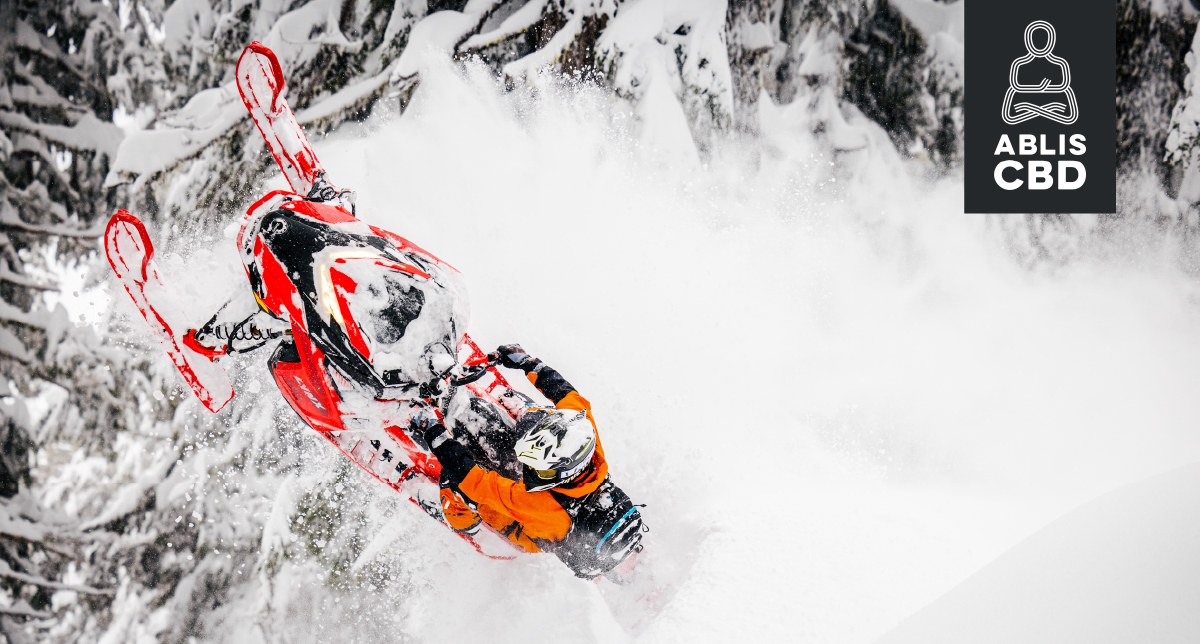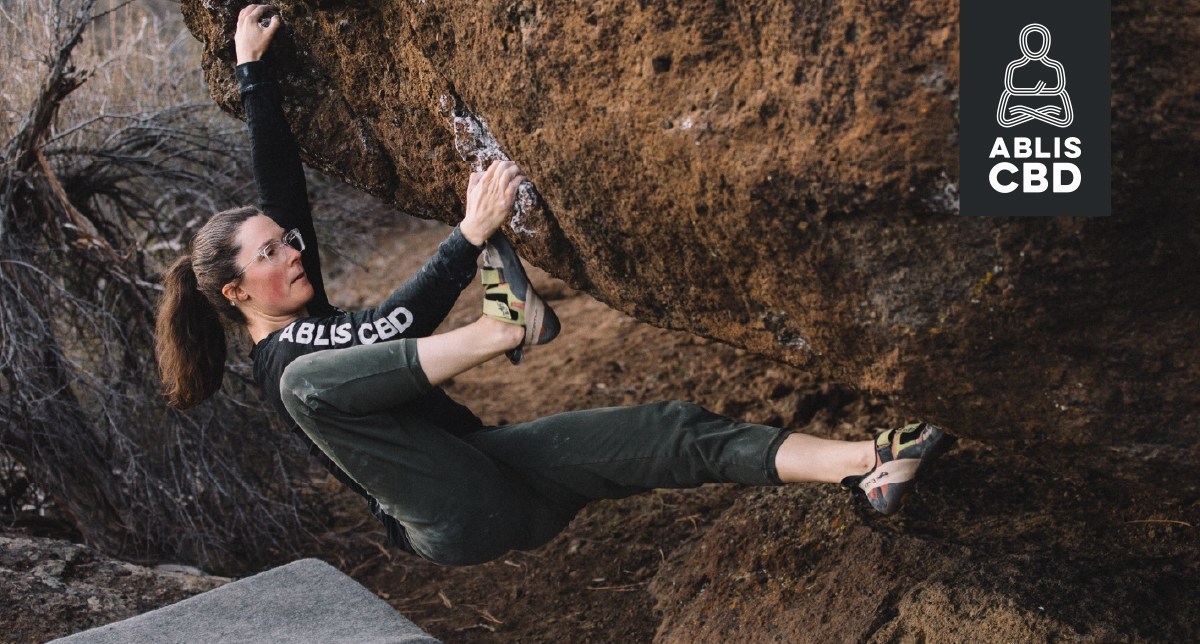Professional Snowmobiler Ross Robinson Talks CBD For Athletes

CBD For Athletes Like Ross Robinson Ross Robinson grew up snowmobiling. He doesn’t remember his first time on a snowmobile, but getting out on the snow at a young age sparked a passion in Ross that continues to this day. As a professional athlete and Ablis fan, Ross also knows the benefit of CBD for…
Meet Mckenna Brown: Professional Street Skier and Holistic Health Advocate

By Ablis CBD Mckenna Brown started snowboarding—yes, snowboarding, not skiing—when she was six. She didn’t put on a pair of skis until almost five years later, when she and her best friend decided to trade hobbies, just for fun. “When I was eleven, my best friend and I swapped one day,” said Mckenna. “Ever since…
How To Relieve Sore Muscles: Advice from a Pro Athlete

by Renee Metivier Muscle soreness can put a massive damper on your training as an athlete, and poor recovery can ultimately lead to injury. The older I get the more I realize how crucial recovery is to not only healthy training but longevity. I’ve been running for a long time. I started running in high…